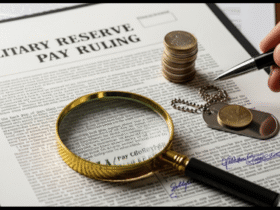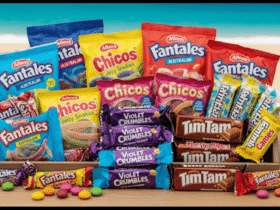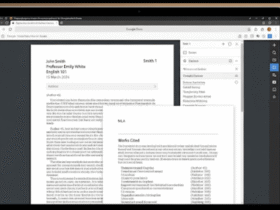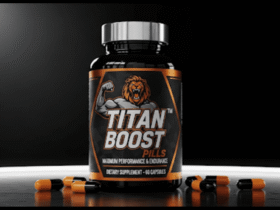If you’ve been prescribed Miebo eye drops for dry eye disease, you’ve probably noticed the cost can be a big factor in your treatment decision. Miebo (perfluorohexyloctane ophthalmic solution) is a relatively new prescription medication that helps reduce tear evaporation and improve eye comfort.
While it’s highly effective for many patients, its price tag can be surprising—especially if you’re paying out-of-pocket. In this article, we’ll break down the typical cost of Miebo eye drops, explore what influences the price, and go over ways you can save money.
How Much Do Miebo Eye Drops Cost?
1. Average Retail Price
In the United States, the average retail price for a single 3 ml bottle of Miebo is around $950–$960 without insurance. Some pharmacies may charge slightly less or more depending on location and supply.
2. Discounts and Coupon Pricing
Using discount programs like GoodRx, the cost may drop to $740–$760 at certain pharmacies. These savings don’t require insurance, but prices can vary.
3. Insurance Coverage
If you have commercial insurance, your out-of-pocket cost could be much lower. Some patients pay as little as $0 when using manufacturer copay assistance programs.
4. International Pricing
In some countries, equivalent drops (sold under names like EvoTears or NovaTears) are available over-the-counter for the equivalent of $30–$35 per month. However, ordering internationally can involve legal and safety considerations.
Why Is Miebo Expensive?
There are a few main reasons for the high cost:
- New drug status – Miebo is the first FDA-approved treatment of its kind, so there are no generics yet.
- Specialized formula – The active ingredient, perfluorohexyloctane, is a unique, water-free solution targeting tear evaporation.
- Research and development – The cost of clinical trials, regulatory approvals, and production is built into the price.
- Limited competition – Being a niche product, there are fewer suppliers and alternatives.
How to Save on Miebo Eye Drops
If the cost feels overwhelming, there are ways to reduce your expenses:
1. Manufacturer Copay Program
Bausch + Lomb offers a Miebo Savings Program for eligible commercially insured patients. Many end up paying as little as $0 per prescription.
2. Patient Assistance Programs
If you’re uninsured or underinsured, you may qualify for financial assistance through the manufacturer’s patient support program.
3. Pharmacy Price Comparison
Use tools like GoodRx, BlinkRx, or PharmacyChecker to compare prices between local and online pharmacies.
4. Ask Your Doctor About Samples
Some eye specialists receive starter supplies from the manufacturer and may be able to provide a free sample.
5. Consider International Alternatives
If allowed in your country, you may be able to legally import equivalent OTC versions at a fraction of the cost. Always confirm safety and legality first.
FAQs About Miebo Eye Drops Cost
Q1: What is the typical U.S. price of Miebo without insurance?
A: Around $950 for a 3 ml bottle. Prices can vary slightly between pharmacies.
Q2: Can insurance cover Miebo?
A: Yes, many insurance plans cover Miebo, and with manufacturer copay programs, some patients pay $0 out-of-pocket.
Q3: Are there generic versions of Miebo?
A: Not at this time. Miebo is still under brand protection, so there’s no generic perfluorohexyloctane ophthalmic solution available.
Q4: Is it cheaper to buy Miebo internationally?
A: In some countries, OTC equivalents cost about $30–$35 per month. However, importing may involve restrictions and safety risks.
Q5: How long does one bottle of Miebo last?
A: This depends on your dosage, but for many patients, a 3 ml bottle lasts about 4–8 weeks.
Q6: Do discount cards really help?
A: Yes, services like GoodRx can reduce the price by $150–$200 depending on the pharmacy.
Final Thoughts
Miebo eye drops are a breakthrough for dry eye patients, but they can also be costly without insurance or discounts. If you’re concerned about the expense:
- Look into copay assistance programs.
- Use coupon services.
- Compare pharmacy prices.
- Explore legitimate international options.
With the right approach, you may be able to lower your out-of-pocket cost dramatically—sometimes even down to zero.















Got a Questions?
Find us on Socials or Contact us and we’ll get back to you as soon as possible.